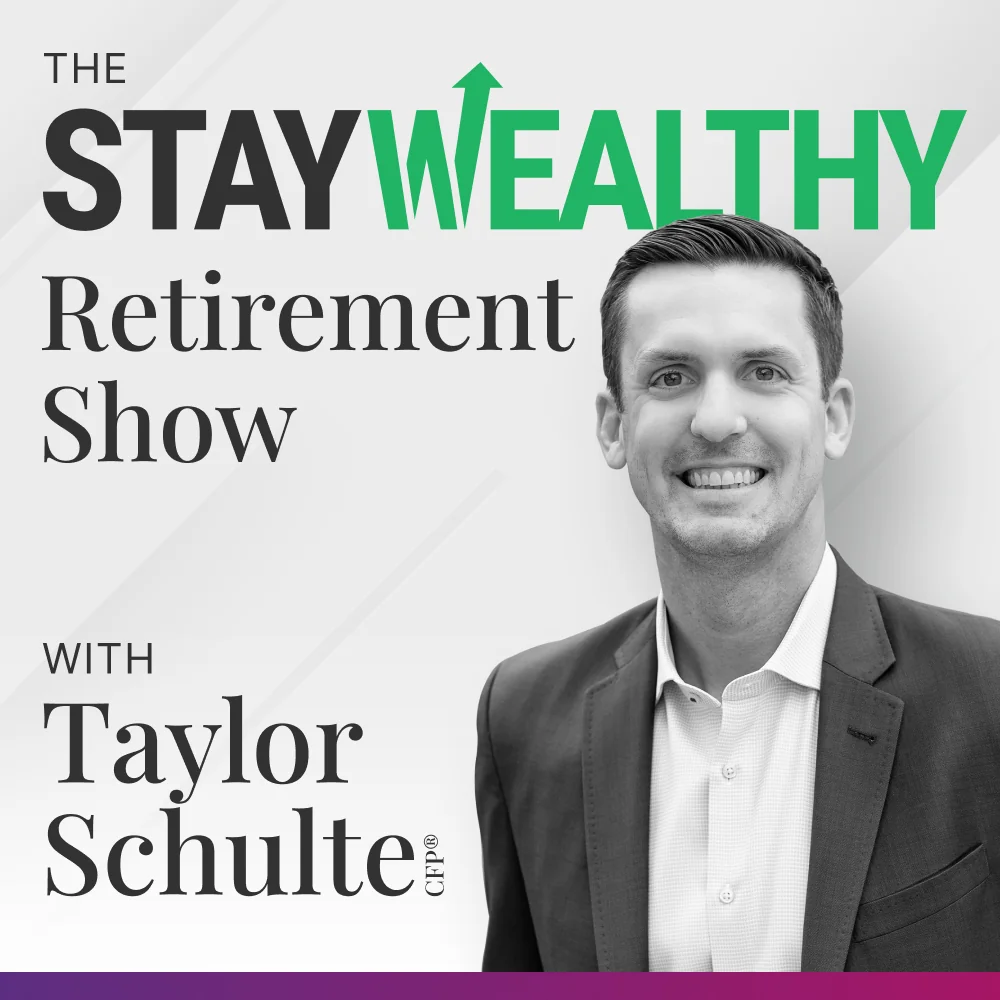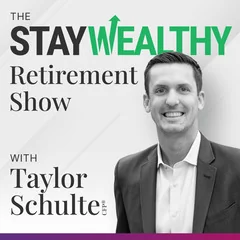Today I’m breaking down the current state of the markets and economy.
Specifically, I’m sharing:
Key Takeaways
- Why markets are falling (and how we got here)
- How things could get worse before they get better
- Four (4) reasons for investors to be optimistic right now
If you’re feeling worried or concerned and want to learn more about the current downturn, this episode is for you.
How to Listen to Today’s Episode
🎤 Click to Listen via Your Favorite Podcast App
Episode Resources
- Subscribe to the Stay Wealthy Newsletter! 📬
- Stay Wealthy Episodes Mentioned:
- Fed Funds Rate History [Forbes]
- Jeremy Seigel on Fed Tightening [CNBC]
- Adjustable Rate Mortgages in the US [ The Mortgage Reports]
- US Home Prices Now Posting Biggest Monthly Drops Since 2009 [Bloomberg]
- Something I Was Wrong About [Ben Carlson]
- The Worst Years Ever in the Stock Market [Ben Carlson]
- Wilshire 5000 Worst 9 Months [Charlie Bilello]
- Bonds and Stocks Down Three Consecutive Quarters [Willie Delwichie]
- Fear and Greed Index [CNN]
- Fed Rate Hike Could Add $2.1 Trillion to Federal Deficits [Yahoo!]
- Michael Gayed [Twitter]





